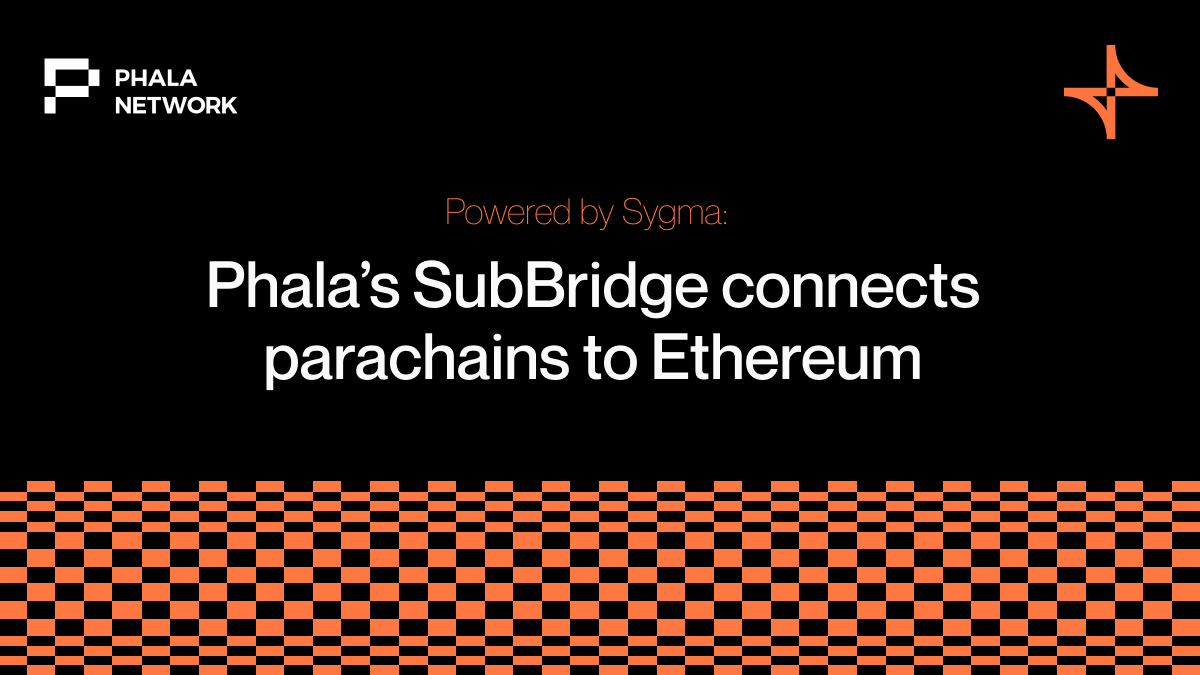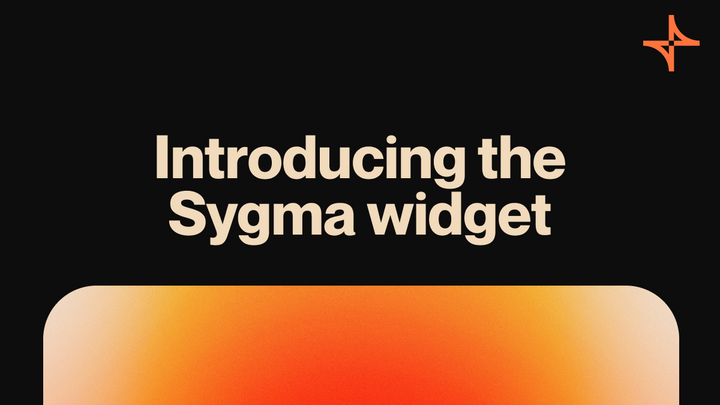Understanding Chain Abstraction: The catalyst for effortless web3 experiences
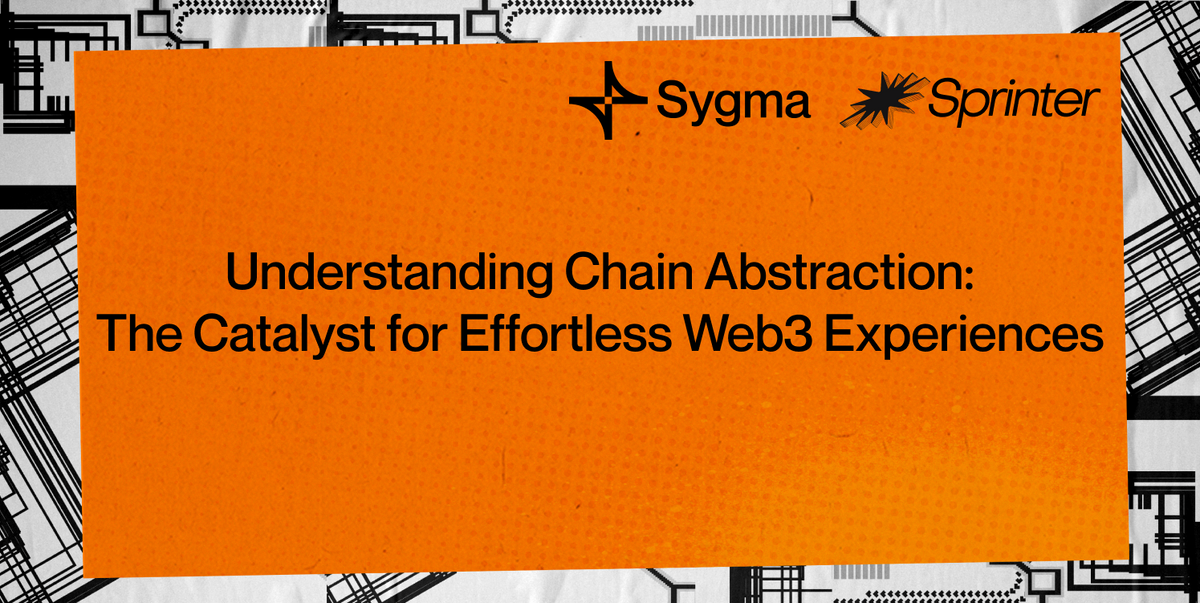

The need for the abstract
Once introduced, personal computers required users to be a bit tech-savvy. It was nothing too major, just knowledge of how to use the terminal and eventually some HTML skills if you wanted to build a website, but mostly, it was straightforward.
As technology evolved and the Internet established itself as a global infrastructure, the user experience (UX) evolved along with it. Computers became easier, and those clunky UXs became cleaner. When we use our computers today, whether a smartphone, laptop, desktop, or even smart fridge, we encounter a UX that has become familiar. The goal was, and still is, to make it easy and intuitive. You want a user to enter your app or website and immediately know what they’re doing.
When we look at the differences between web1 and web2, one of the most obvious is the UX. It took decades of protocols, innovations, failures, and eventually, standards to reach the user-friendly Internet we know today. However, the user experience takes a step back when we look at the differences between web2 and web3.
It wasn’t improved simplicity that led the web3 revolution—it was the paradigm-shifting cypherpunk dream we were all holding onto. We didn’t care that it looked ugly and was complicated to use. We wanted freedom and protection from centralized and malicious actors. But in all honesty, we are entering a new stage of web3—one that's gearing up for mainstream adoption.
So, what should be the goal here? In my mind, it's simple. If we want users to use web3, we need to make it easy. For everyone to benefit from the freedom, transparency, and security that web3 provides, we need to mirror some level of web2 UX.
"We're building applications that use blockchain."
- Greg Markou, CPO/Co-Founder of ChainSafe. Core Sygma Contributor
Watch Greg go at EthCC! 🎤
— Sygma (@buildwithsygma) July 26, 2024
“We need to stop thinking that we’re building blockchain applications, because we’re not.
We’re building applications that use blockchain.” 🏗️⛓️
Join the waitlist for @sprinter_ux👇https://t.co/DI30hWNBqE pic.twitter.com/J3d7MHJ6Lv
Chain abstraction
Chain abstraction is all about simplifying the user's web3 experience. Users shouldn't have to worry about which network they're on, which currency they’re using, or how to transfer tokens between them. It provides users with a familiar experience. Imagine a unified interface connecting you to web3 with zero interruptions and no distractions.
Like the leap from web1 to web2, chain abstraction means turning complex web3 navigation into something as intuitive as the simplest website.
How are we making this happen?
Layer 2 enhancements and Infrastructure solutions
Layer 2 solutions like rollups and state channels are increasingly being adopted to overcome the limitations of primary blockchain layers, expedite transactions, and reduce costs.
Solutions like ZK-rollups consolidate multiple transactions off the primary chain and validate them through cryptographic proofs, ensuring their accuracy and security. Infra solutions like decentralized oracles and cross-chain messaging protocols are crucial in facilitating fluid communication and interactions across diverse blockchain networks.
Intent-based design
Intent-based protocols are crucial in simplifying user interactions within the blockchain space. By focusing on the user's goals (intentions) rather than the underlying blockchain mechanics, these designs allow for more intuitive and accessible applications.
By automating the decision-making process behind transactions, intent-based systems can dynamically choose the most efficient execution paths, improving the speed and cost of operations across multiple chains.
Universal accounts and liquidity
A universal account (a unified interface) simplifies blockchain interactions by allowing a single account to operate across multiple chains. This simplification aids in managing wallets across networks and utilizes universal liquidity to facilitate transactions without the cumbersome process of manual bridging.
This setup not only boosts user convenience but also enhances the efficiency of asset management and transfer across the blockchain landscape.

Key EIPs changing the landscape
- EIP-4337: Account Abstraction
- EIP-7555: SSO Login
- EIP-7715: Delegating permissions to embedded wallets
These EIPs focus on how wallets interact with the application layer and tie back into chain-agnostic protocols.
The big game-changer for web3 applications is EIP-7715:
- Allows tagging embedded wallets with permissions
- Enables off-chain-based signatures for delegating actions
- Users can potentially sign up to 20 transactions on L2s without realizing
- Removes the need for one button click per transaction
- Allows applications to control the signing experience
Standardization is key to the success of future web3 development. Without it, we risk creating siloed solutions rather than fostering interoperability.
EIP-4337, for example, left a lot of gaps, which is why we’re seeing a real need for standardization in the space now. We care deeply about it because, without a solid framework, we risk creating more fragmentation among chain abstraction providers.
That’s why we’re not just sitting on the sidelines. We’ve had a direct hand in shaping these standards—we even co-authored EIP-7555—and are working closely with the key groups involved to ensure that everything comes together consistently and collaboratively.
Benefits of chain abstraction
Promoting seamless multi-chain operations
A decentralized application (dapp) could facilitate effortless interactions across diverse networks with some level of abstraction, allowing transactions and data transfers to flow smoothly between networks without the typical barriers.
Whether you're managing assets, deploying smart contracts, or integrating services, chain abstraction ensures that these activities are straightforward.
Empowering developers with simplified tooling
One major hurdle in web3 development is the steep learning curve associated with different blockchain protocols.
Chain abstraction could remove this complexity by offering a unified development environment. Developers should be able to create dapps using a single, consistent set of tools, APIs, and smart contracts across multiple networks.
Enhancing the user experience
Users should be able to engage with dapps with the same ease and familiarity as web2 interfaces without needing to understand the technicalities of blockchain technology.
Simplifying web3 UX is critical to broadening adoption and fostering a more inclusive, less fragmented digital economy.
Increasing flexibility and scalability
In a chain abstracted system, enterprises and developers wouldn't be tied to a single blockchain, allowing them to leverage the strengths of various networks for different aspects of their operations.
Added flexibility supports scalability, enabling a business to expand its web3 strategy without being constrained by the limitations of any particular protocol.
Bolstering security and reliability
By distributing operations across multiple networks, cross-chain applications would enjoy enhanced security and reliability.
Imagine a robust framework where, even if one network faces downtime or security issues, the system can seamlessly switch to another, ensuring uninterrupted service.
What is the CAKE framework?
The CAKE framework provides a modular, composable approach to blockchain systems, focusing on improving interoperability and enhancing user experience in a multi-chain environment.
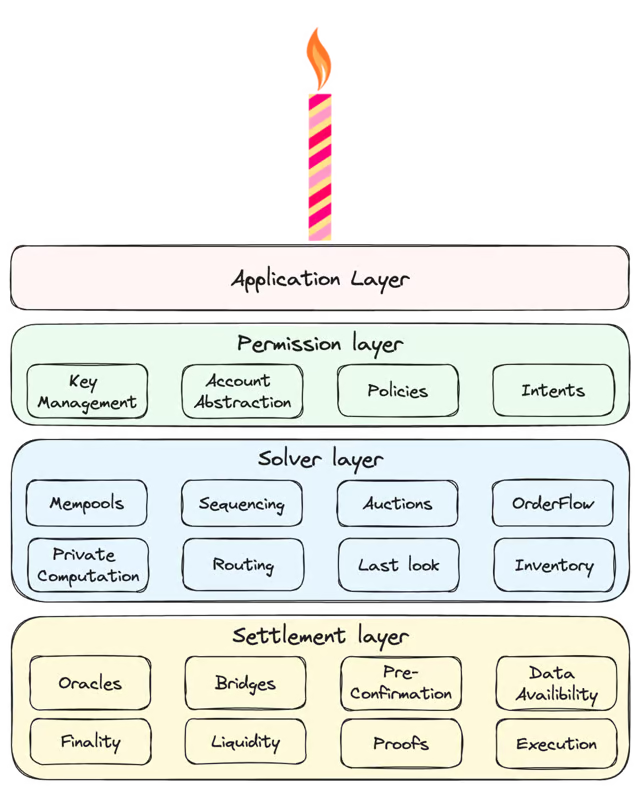
The framework addresses the complexities of interacting with multiple blockchain networks, such as managing different wallets, navigating cross-chain communication, and optimizing transaction workflows. It's divided into four distinct layers, all of which are necessary elements for seamless multi-chain interactions.
Laying the groundwork for a standardized approach to cross-chain interactions. A clear, modular structure empowers developers to build on a consistent foundation, promoting uniformity and interoperability among diverse blockchain systems.
This initiative marks a significant step towards creating a unified experience, setting the stage for broader adoption and more seamless interactions across networks.

Where do Sprinter and Sygma align on the CAKE framework?
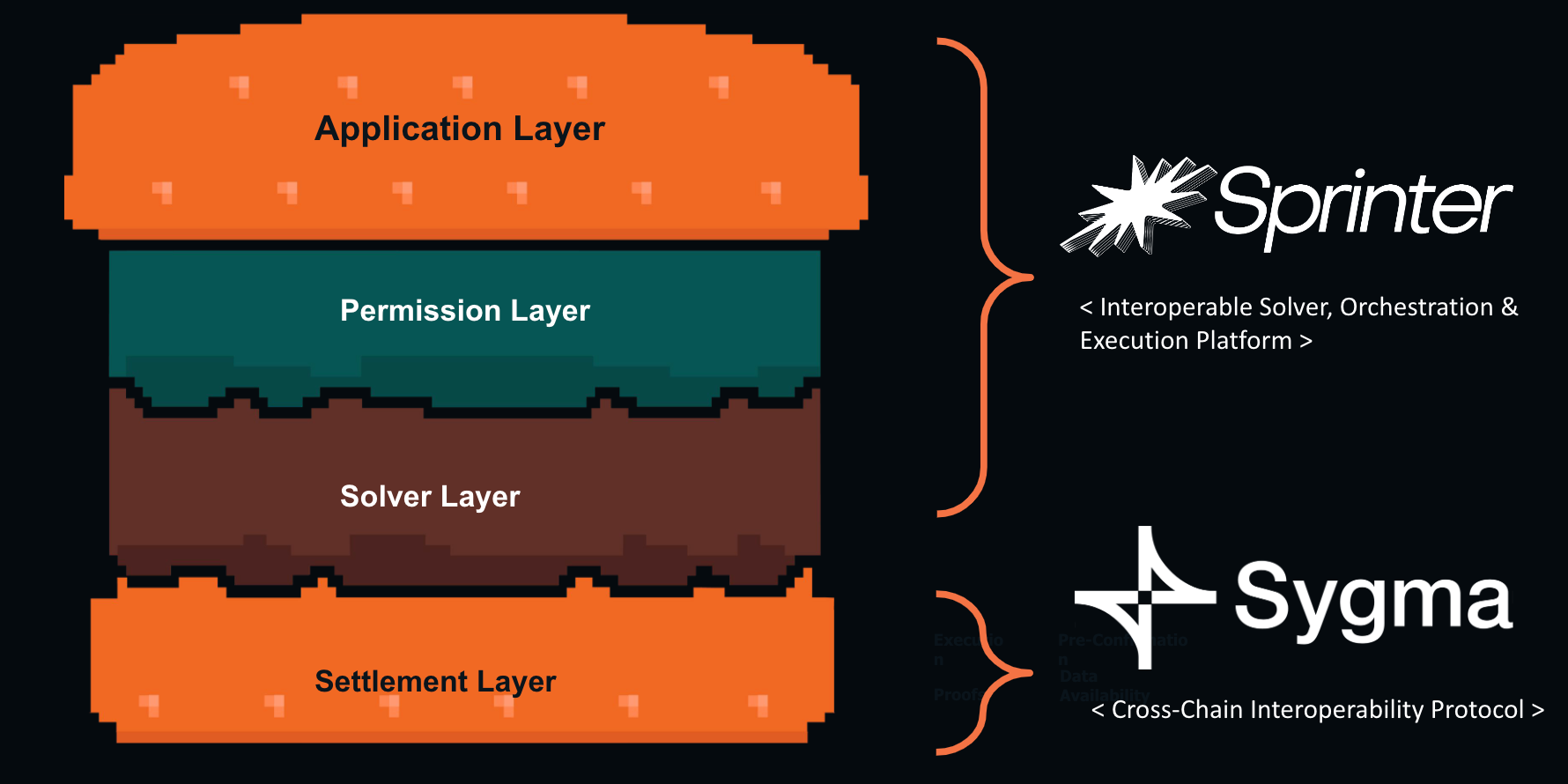
As you might have noticed, we turned CAKE into a burger. We could blame Greg Markou's obsession with sandwiches (he's actually writing a book on them), but there's more to it than that!
Just like a good sandwich has two buns holding everything together, we're approaching the problem from both sides with Sprinter and Sygma. By modularly integrating them, from the top and bottom, we can offer more flexibility and a smoother user experience.
It’s like how the layers of a sandwich work together—each piece has its role, but combined, they create something greater than the sum of its parts.
Sprinter
Sprinter allows developers to build cross-chain applications without needing to manage the intricate details of each chain. Sprinter minimizes the number of decisions users make by providing a chain-agnostic experience, letting them focus on what they want to accomplish rather than how to do it.
Sprinter operates at the application, permission, and solver layers of the CAKE framework, acting as the abstraction layer for complex blockchain interactions. Aggregating multiple cross-chain protocols, Sprinter dynamically selects the fastest, most secure, and cost-effective bridge for each transaction.
The result is an application optimized for speed, security, and cost.
With Sprinter, you have the ability to:
- View and manage multiple account balances as if they were a single entity.
- Complete transactions with a single signature, eliminating the need to switch between networks.
- Execute cross-chain contract calls.
- Handle cross-blockchain ecosystem swaps.
- Seamlessly find and utilize the most effective execution paths for:
- Transfers across Layer 1 (L1) networks
- Transfers across Layer 2 (L2) networks
- Transitions from L2 back to L1
- Executions of contracts on L2
- This includes any layer on any blockchain (e.g. Transfer between a Solana L2 over to an ETH, BTC, or Polkadot L1)
Enhancing user experience with Sprinter
Sprinter solves the "cold start" problem for decentralized apps and games, allowing users immediate access to their assets across different blockchains. This eliminates the initial barriers that users face when attempting to use new decentralized applications, where their funds might otherwise be locked on separate chains.
Boosting developer Experience with Sprinter
Sprinter provides just-in-time (JIT) liquidity and absorbs the risks associated with transaction failures.
While Sygma is one of the interoperability solutions within Sprinter's toolkit, there are other options. Sprinter routes transactions through several cross-chain protocols based on the user's needs and the most favourable conditions.
This agnostic approach to interoperability allows Sprinter to deliver the best possible outcomes for users. It ensures efficient transaction routing while maintaining flexibility and provides a unified interface for all blockchain interactions.
Just imagine a clean experience with all your digital assets working as if they’re on a single chain.
Integrating Sprinter helps you build cross-chain applications that achieve the UX people expect. Improving capital efficiency for you while your users save time and money.
Cross-chain transactions should be simple and to the point, with all those technical details buried away. Interoperability shouldn't be creating more technical barriers but rather should be opening them up, unlocking a potential user base in the billions.
Sprinter alleviates the aches and pains in all those manual processes that eat away at your web3 experience. The goal of chain abstraction is to provide a unified user experience, where each individual chain can enjoy universal liquidity, processes, and crypto assets while eliminating security risks and network fragmentation.
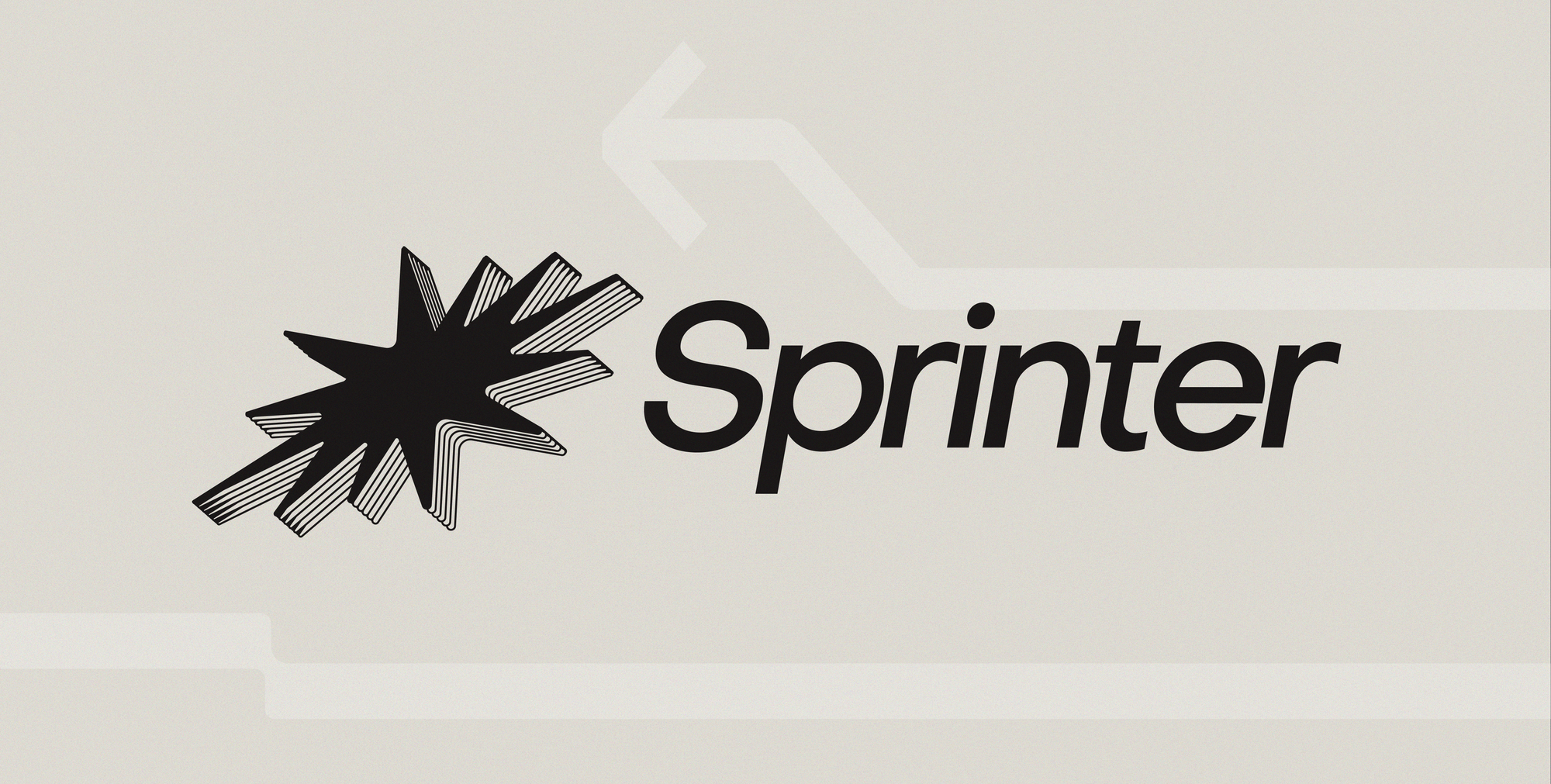
Sygma
Sygma focuses on the settlement layer of the CAKE framework, offering a modular, open-source, interoperability protocol that facilitates secure, efficient communication between blockchain ecosystems.
With a tailored security model, Sygma provides users with options between, multi-party computation (MPC), zk-SNARK proofs (Spectre), and optimistic proofs (Zipline). We don’t believe in a one-size-fits-all solution, we believe different needs require different tools.
Sygma adjusts security based on important aspects like the type of transaction, the assets involved, what kind of security is needed, how fast it needs to be, and the associated costs. This adaptability ensures that cross-chain interactions are efficient and tailored to each situation's specific requirements.
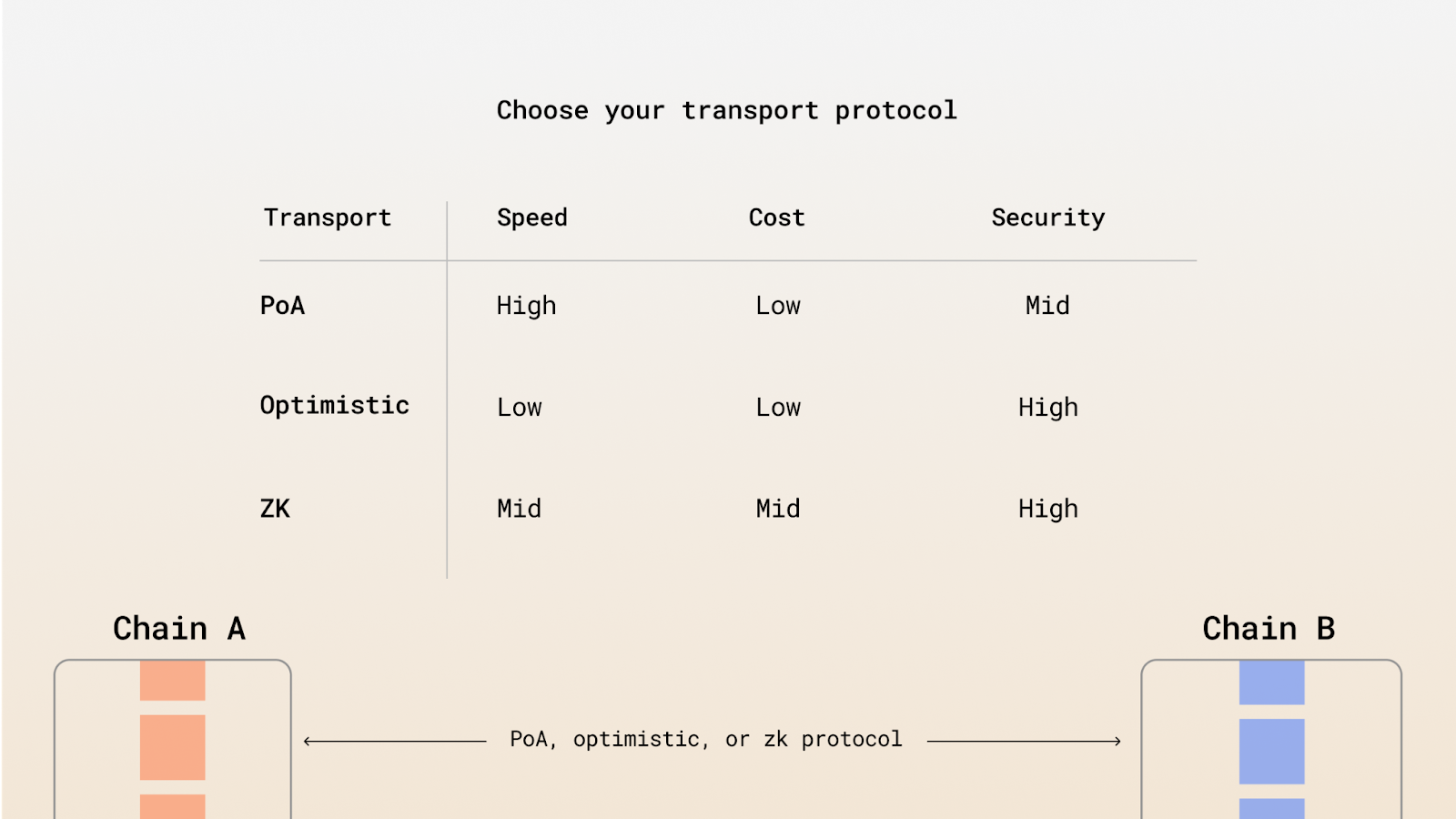
Sygma powers Sprinter by making cross-chain operations smoother and faster, offering:
- Quick and cheap transfers with custom security, so interactions are safe and efficient.
- Cross-chain execution to enable seamless communication between different blockchains.
- Permissionless xERC-20 support, allowing projects to easily integrate their tokens into Sprinter.
- Support for executing constructed intents, like transferring assets, calling smart contracts, or performing cross-chain interactions.
- Generalized message passing (GMP) enables more than just asset transfers, allowing developers to execute arbitrary contract calls between chains.
- Sprinter to quickly and permissionlessly set up new routes for different chains, with the goal of eventually letting users do this themselves.
- Supporting more than just EVM chains, Sygma extends Sprinter's reach to include Bitcoin, Substrate, and beyond, making it truly versatile.
Together, Sprinter and Sygma form the fastest and most efficient full-stack approach to cross-chain connectivity.
Conclusion
As we navigate the evolving web3 landscape, the integration of chain abstraction technologies like Sprinter and Sygma is pivotal. These platforms are not only simplifying the complex layers of blockchain interactions but also enhancing the overall accessibility and usability of dapps.
By abstracting the technical complexities and optimizing multi-chain operations, we're stepping closer to a more connected and seamless blockchain ecosystem.
This shift towards user-friendly blockchain solutions holds the promise of broadening adoption and fostering a digital environment where innovation and inclusivity can thrive.
Together, we are paving the way for a future where blockchain's potential is fully realized, making it as straightforward and intuitive as using any conventional online service.
Join Sprinter’s run club
Set your application apart and embrace the multichain ecosystem.
🏃♀️Keep up with Sprinter! Follow us on X/Twitter.
🏃♂️Want Sprinter in your tech stack? Join the waitlist here.
Build with Sygma
Visit us at buildwithsygma.com 🛠️
Next-generation composability and interoperability will provide applications with the features they need. Whatever solution projects have in mind, Sygma gives you the power to deploy multi-chain infrastructure quickly, lowering the entry barrier for developers and users.
Check out our documentation or GitHub to get started.
Have a question? Hop into our Discord 👋




